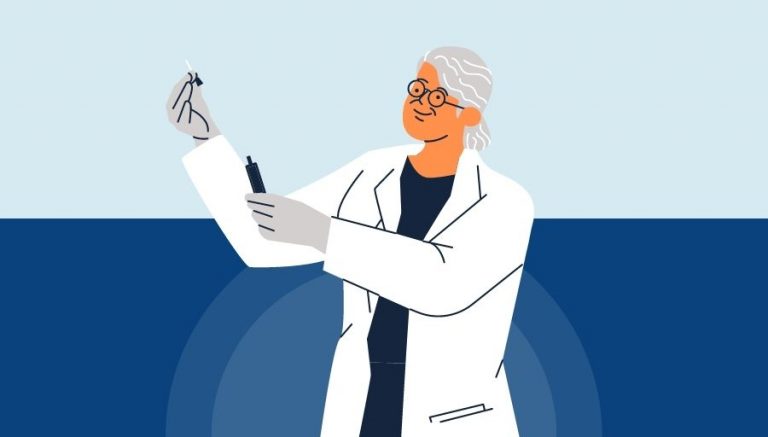ICD 10 CM S22.011 | Description & Clinical Information
ICD 10 S22.011 describes a specific type of injury to the thoracic spine resulting from severe high impact trauma, such as a motor vehicle accident or fall from a height, which causes a break in a bony segment of the spine without any neurologic injury and minimal spinal canal compromise, ultimately leading to the crushing of the vertebra with loss of height of both the front and back of the vertebra.
Official Description Of S22.011
The ICD 10 CM book defines ICD 10 code S22.011 as:
Includes: fracture of thoracic neural arch
fracture of thoracic spinous process
fracture of thoracic transverse process
fracture of thoracic vertebra
fracture of thoracic vertebral arch
Excludes1: transection of thorax (S28.1)
Excludes2: fracture of clavicle (S42.0-)
fracture of scapula (S42.1-)
Code first any associated:
injury of intrathoracic organ (S27.-)
spinal cord injury (S24.0-, S24.1-)
When To Use S22.011
The diagnosis describes by the ICD 10 CM S22.011 code pertains to a stable burst fracture of the first thoracic vertebra, which can cause a range of uncomfortable symptoms that can significantly impact the patient’s quality of life. This type of injury is often the result of a high-energy trauma such as a car accident, a fall from a height, or sports injuries.
Patients with this condition may experience moderate to severe pain, which can be aggravated by movement, coughing, or sneezing. The pain can be felt in the neck, chest, back, and abdomen, and may radiate to the arms and legs. In addition to pain, patients with S22.011 may experience curvature of the spine, a reduction in range of motion, stiffness, and swelling.
A qualified healthcare provider will diagnose the condition through a comprehensive evaluation, which includes a thorough examination of the patient’s medical history and a physical exam. The provider may also incorporate neurological testing to assess the sensation, reflexes, and muscle strength. Imaging studies such as X-rays, computed tomography (CT), and magnetic resonance imaging (MRI) may be ordered to determine the extent and severity of the injury.
The treatment of S22.011 aims to relieve pain and restore function to the patient as much as possible. Treatment options for this particular diagnosis may include rest, the restriction of body movement by using a full-body brace, physical therapy, and medications such as steroids and analgesics.
Rest is often recommended initially to help the affected area heal properly while minimizing activity that may exacerbate the injury. The use of a full-body brace may also be prescribed to restrict the patient’s movement if necessary. Physical therapy may be utilized to relieve pain and improve the patient’s mobility and flexibility, and medications such as steroids and analgesics may help control pain and inflammation.
In conclusion, the diagnosis of ICD 10 CM S22.011 pertains to a stable burst fracture of the first thoracic vertebra that can cause moderate to severe pain, curvature of the spine, and decreased range of motion. It is important to seek medical attention immediately following a traumatic injury to avoid further damage and properly diagnose and treat any conditions that may arise. A qualified healthcare professional can provide the appropriate treatment plan for each individual case and ensure the best possible outcome for the patient.



